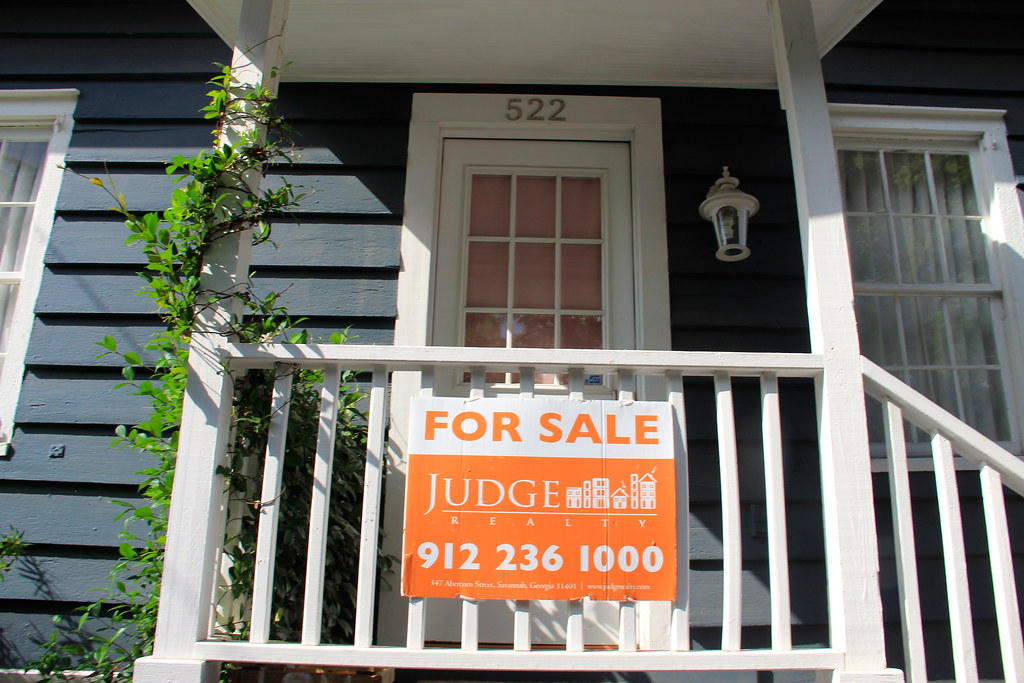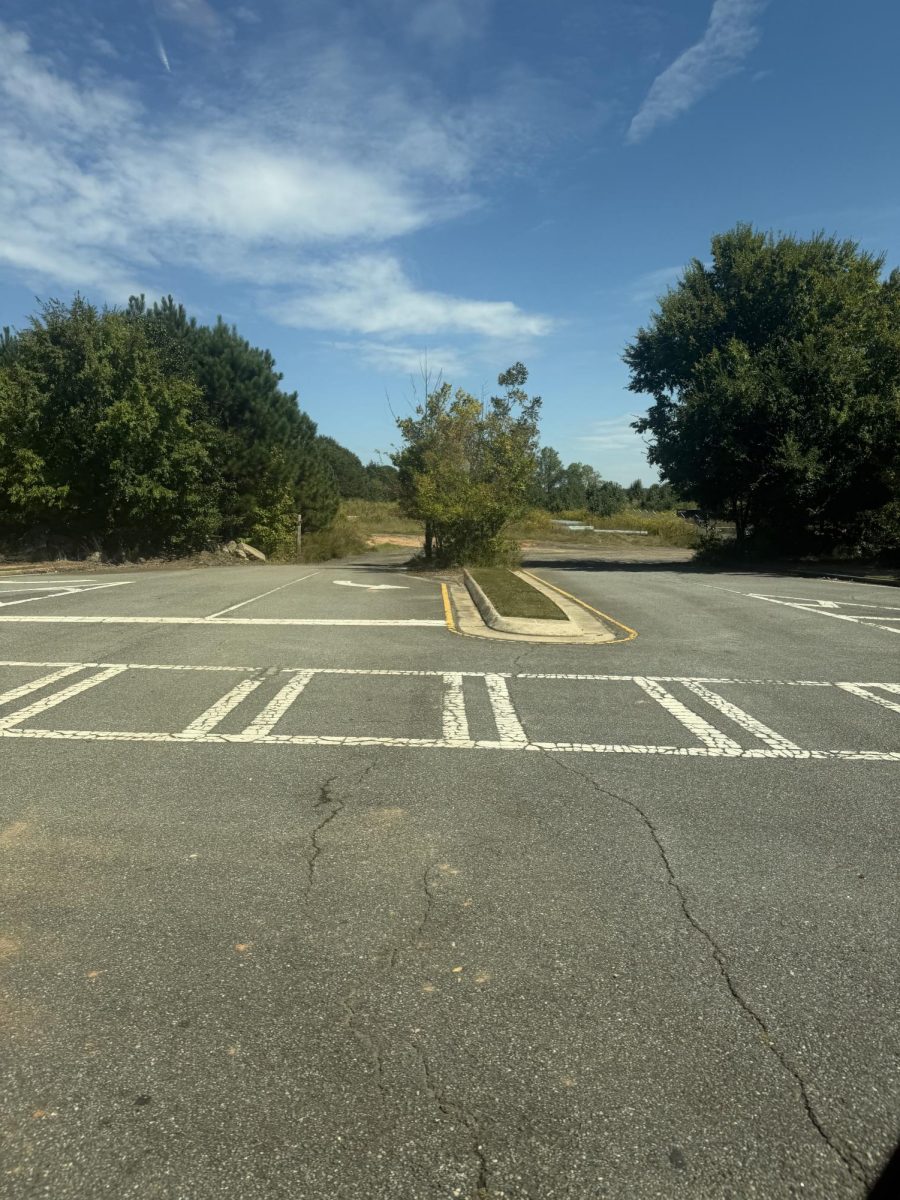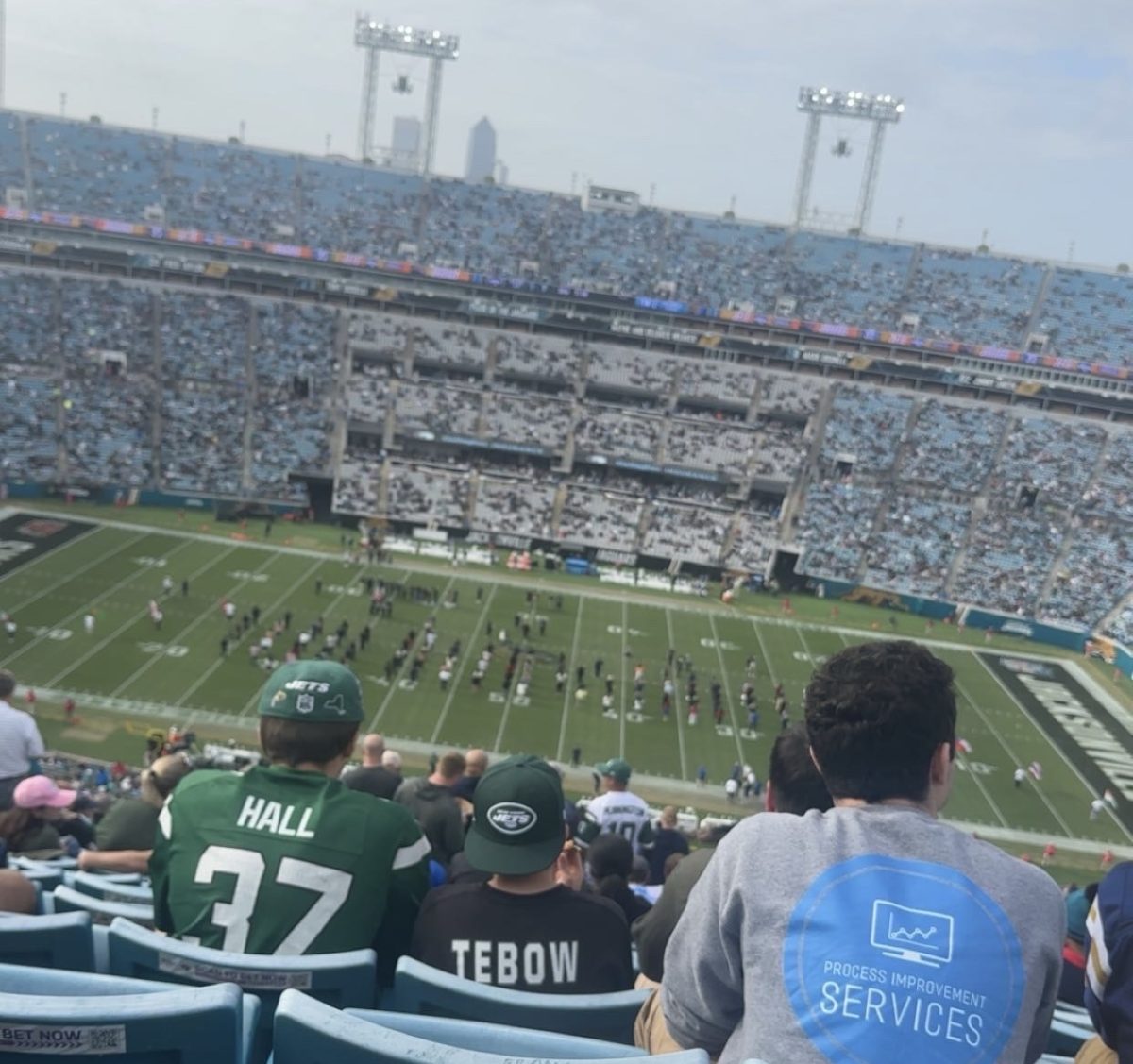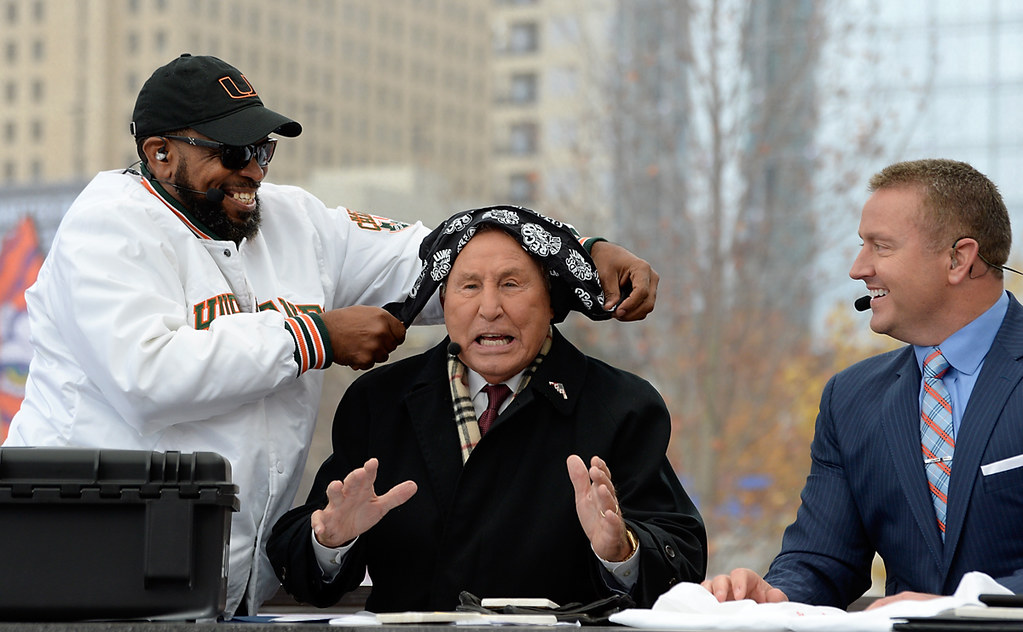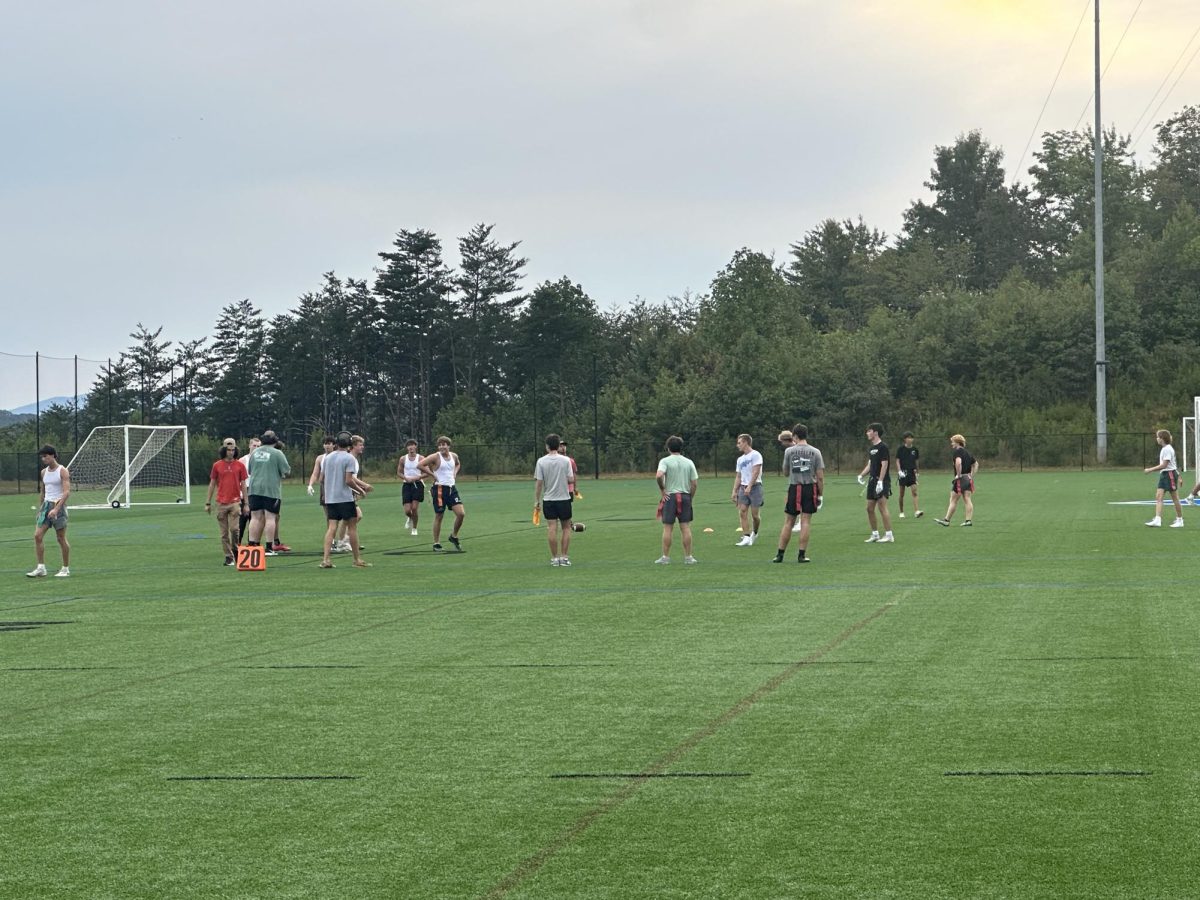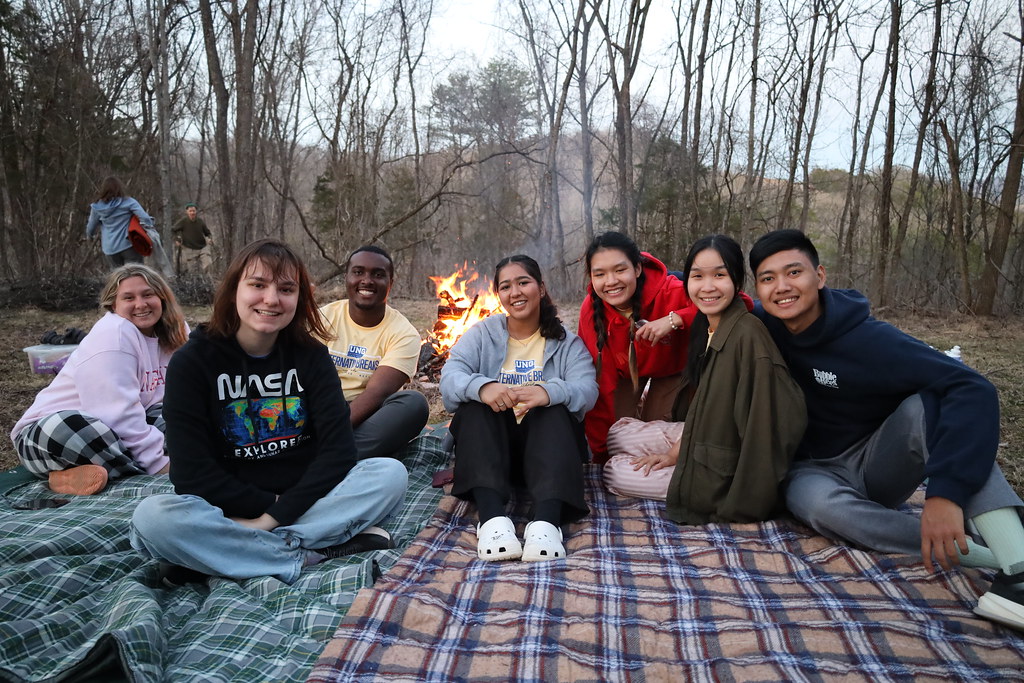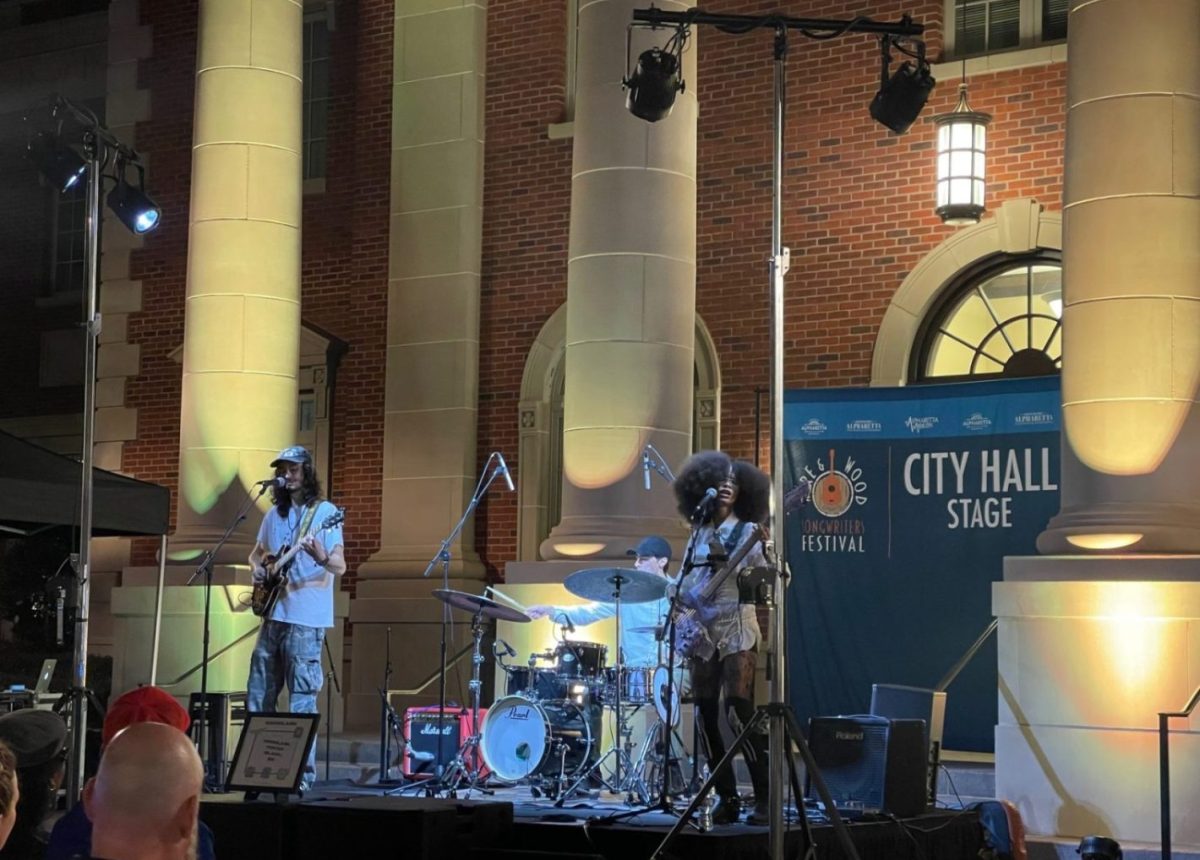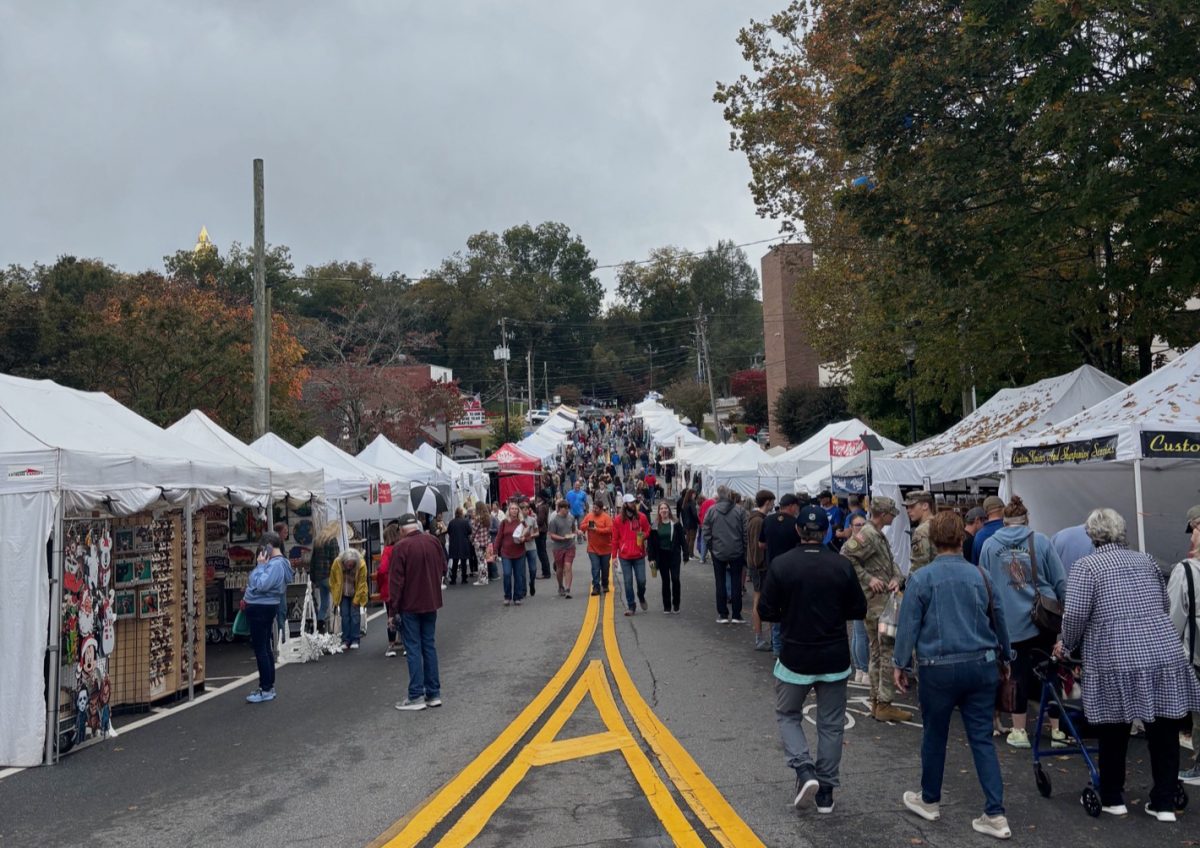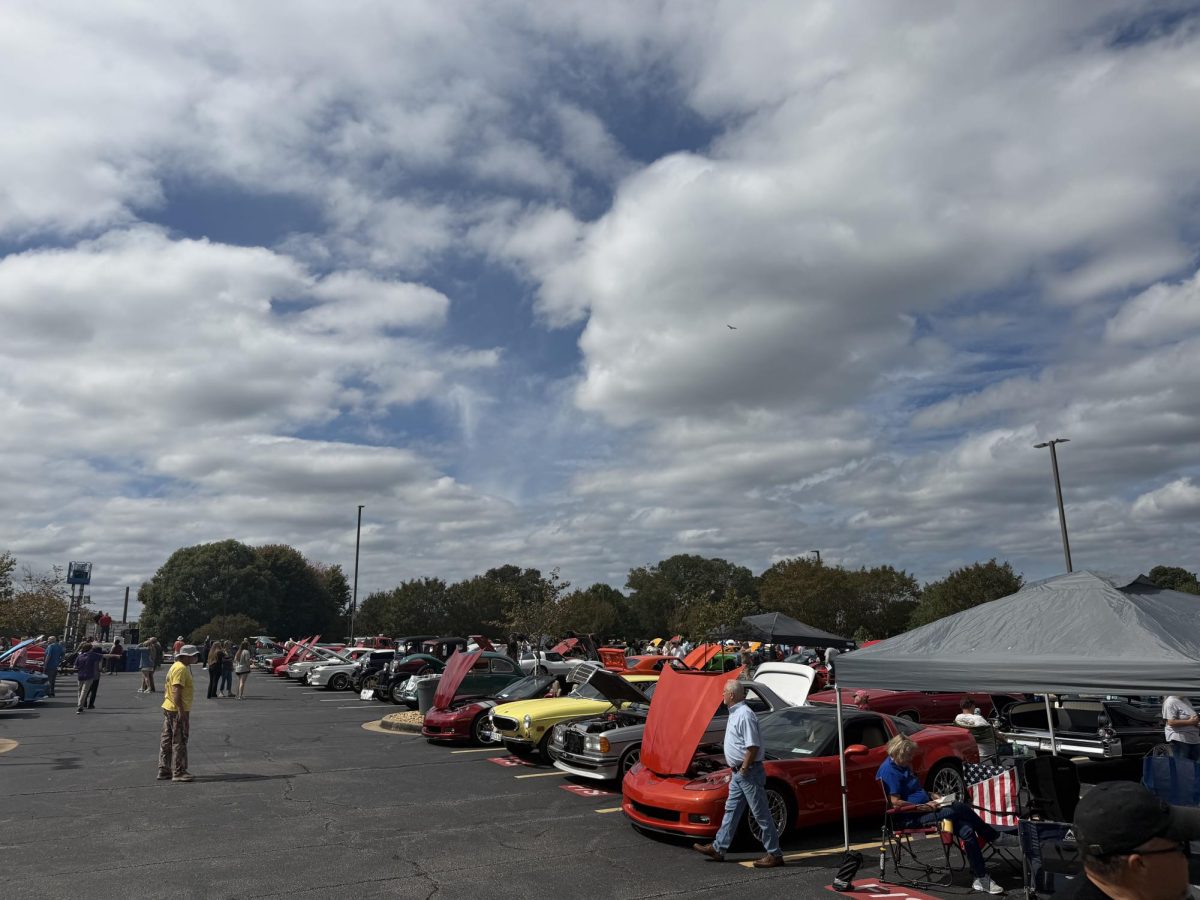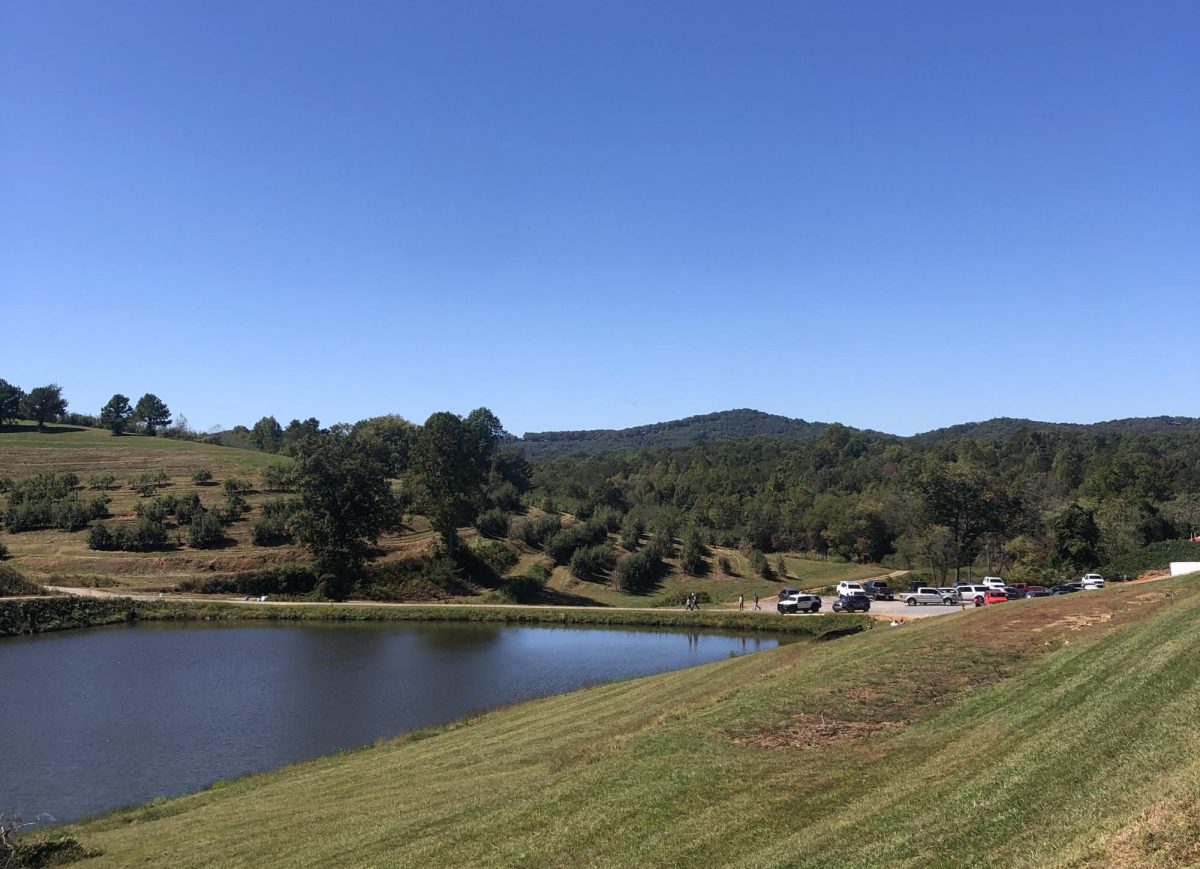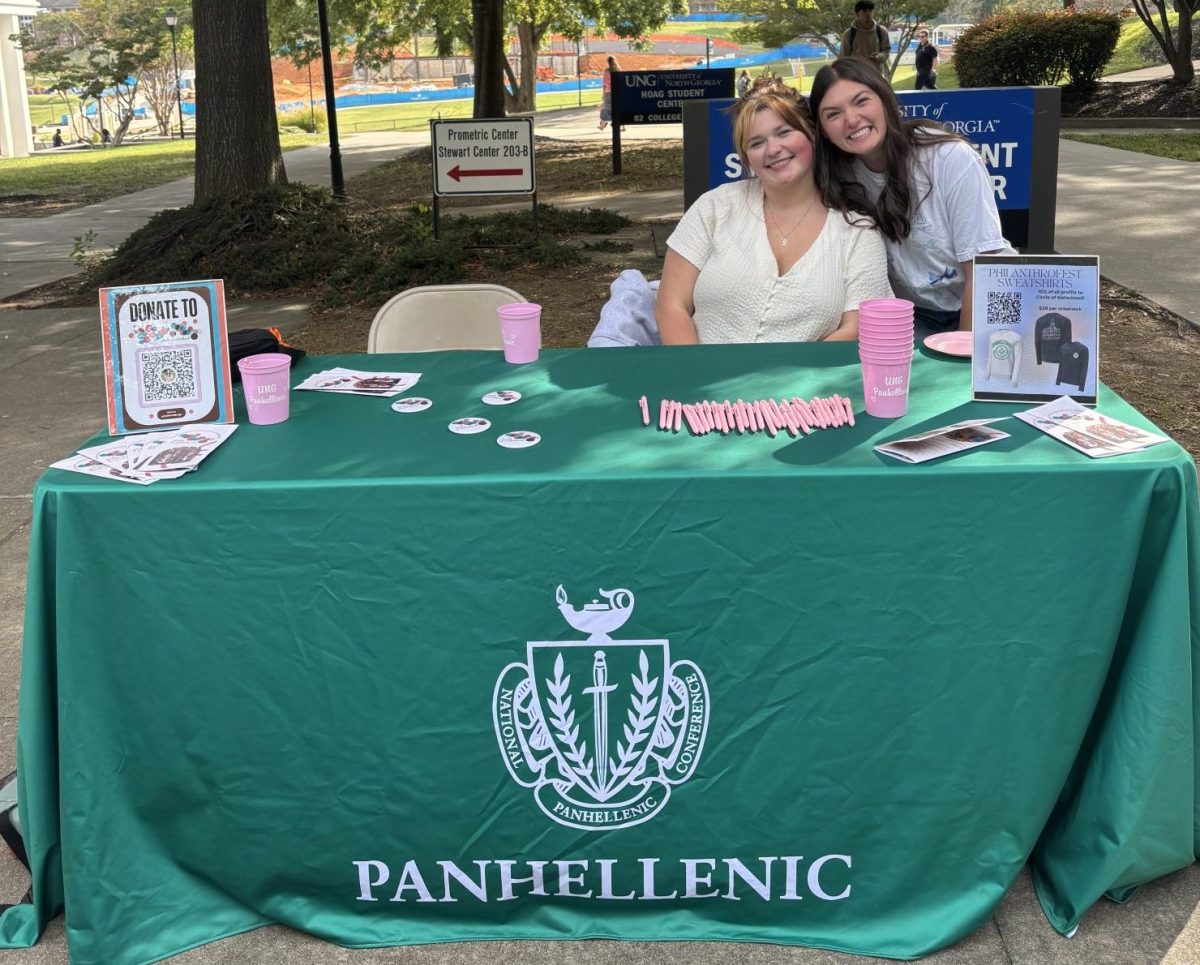As temperatures rise and schools let out for the summer, law enforcement agencies across the country often report a noticeable uptick in crime. This seasonal trend raises important questions: Is the increase in criminal activity tied to the summer months themselves, or are other social and environmental factors at play?
1st Lt. Kevin Holbrook of the Gainesville Police Department explained that it is typical to see an increase in all crimes over the summer and hotter months.
“Weather, time and location all play a factor into the numbers,” Holbrook explained, adding that increased outdoor activity and a lack of supervision for juveniles during school breaks contribute to this trend.
“Cities such as Gainesville have a high tourist population due to Lake Lanier. Obviously, with a larger influx of people, the odds of crime will be higher.” – Kevin Holbrook, Gainesville Police Department 1st Lt.
Research also supports a potential connection between heat and aggression. A study titled “Quantifying the Influence of Climate on Human Conflict” by Solomon M. Hsiang, Marshall Burke and Edward Miguel found that deviations from average temperatures and precipitation levels significantly increased the risk of conflict.
While overall violent crime has declined in recent decades, data from the summer of 2024 showed a slight uptick compared to earlier months. According to the Center for American Progress, gun violence increased during the summer, although the rise was smaller than in previous years. Major cities like Atlanta, which typically see seasonal crime spikes, have responded with initiatives such as “Operation Heat Wave” to mitigate the trend.
Still, some experts caution against oversimplifying the connection between heat and crime. Dr. Douglass Orr, Department Head of Criminal Justice at the University of North Georgia, argued that while there may be a correlation, it is not a direct cause-and-effect relationship.
“If we were to go back to the last ice age, were people more violent as things warmed? Did they wipe out most societies as things were getting hotter? No they didn’t,” Orr said. “There’s a lot of other contextual factors involved in a lot of these things that you have to consider.”
Orr emphasized that climate impacts are not uniformly distributed and that crime rates are influenced by numerous other conditions.
“Crime has been dropping since the 1990s, if you were to say it is on the up, you probably would see a small increase,” Orr added, “but by and large since the 1990s violent crime has been on the downturn, which is regardless to anything you may see on heat or climate change.”
Orr also questioned the logic behind attributing increased aggression to summer heat alone.
“If they’re going to say that heat in the summer is attributed to aggression, then did they control for people who overheat their houses in the winter?” Orr said that more studies are needed to eliminate bias.
In the end, while there is evidence of seasonal crime shifts, experts said the data is far from conclusive. Broader social dynamics, economic pressures and community infrastructure may play a more critical role than the season itself.


